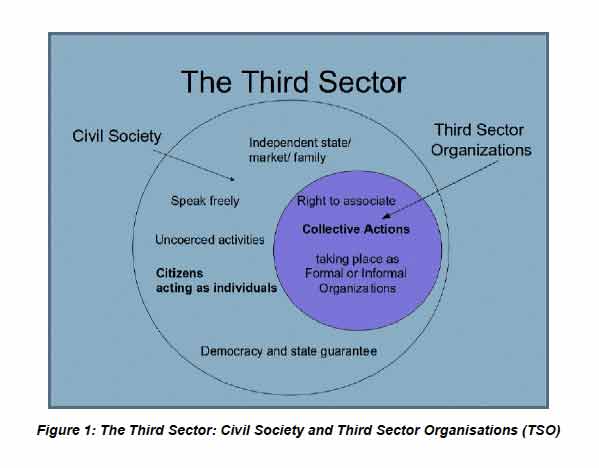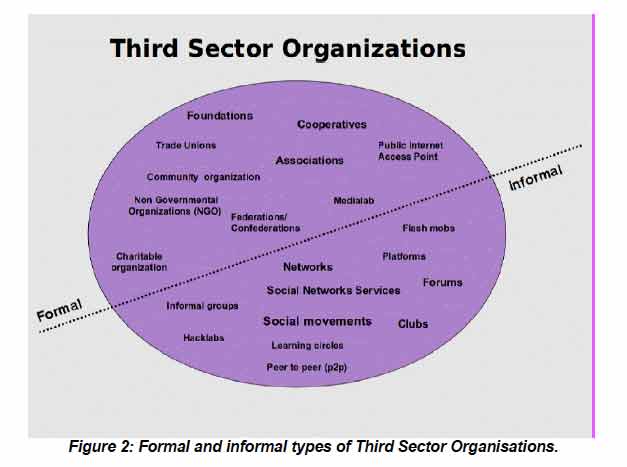Raymond Morel
4008 days ago
" EU eInclusion policy goals reinforced in the flagship initiative ‘A Digital Agenda for Europe (2010)’ aim to both develop digital skills and competence for empowerment and emancipation and use ICT in support of social inclusion processes. The vast majority of the eInclusion initiatives in the field are carried out by the third sector and public sector organisations. In order to better understand how EU-third sector synergies could be strengthened in favour of the eInclusion process and, given the scarcity of data available about the structure, characteristics, needs and challenges of the civil society and the Third Sector Organisations (TSO), JRC-IPTS has carried out an exploratory research study to shed some light on the above questions.
The study, on which this report is based, starts by analysing the European policy framework for the third sector, and clarifies the nature and specificities of civil society and TSO activities and their contribution to social innovation. It analyses TSOs’ contribution to eInclusion objectives and makes an attempt to classify the different types of TSO from this perspective, providing many inspiring examples of TSO actions. Finally, it proposes some policy options to support and further develop the role that this sector plays in achieving eInclusion goals."

 TABLE OF CONTENTS
TABLE OF CONTENTS
Preface .................................................................................................................................................... 2
Executive Summary................................................................................................................................. 7
Introduction.............................................................................................................................................11
I) Policy background .................................................................................................................... 11
ii) A European framework for the third sector............................................................................... 12
iii) Purpose and methodology ....................................................................................................... 14
1: Setting the Scene: specificities of the third sector ................................................................. 19
1.1 Defining the third sector:.................................................................................................... 19
1.1.1 From formality to informality: mapping TSO under the radar ...................................... 20
1.1.2 Facts and figures ......................................................................................................... 22
1.1.3 Typology of TSO roles for social innovation ................................................................ 23
1.2. Aims and motivations: non-profit oriented social innovation ............................................ 25
1.3 Intrinsic potential and challenges faced by TSO...................................................................... 28
1.4 The third sector and ICT, a tactical relationship....................................................................... 30
2: Specificities of the third sector contributing to EU eInclusion policy ...................................... 33
2.1 eInclusion, from vision …......................................................................................................... 33
2.2 ...to actions and initiatives ....................................................................................................... 35
2.2.1 Access to ICT and Internet .......................................................................................... 37
2.2.2 ICT training and skilling................................................................................................ 39
2.2.3 Socio-inclusion services............................................................................................... 41
2.2.4 Autonomous media...................................................................................................... 43
2.2.5 ICT support to TSO...................................................................................................... 44
2.2.6 Research and development of ICT.............................................................................. 45
2.2.7 Free culture.................................................................................................................. 49
Concluding remarks............................................................................................................................... 51
i) Key findings: ............................................................................................................................. 51
ii) Policy options ........................................................................................................................... 53
Bibliography.................................................................................................................................. 59
Annex 1 – List of experts interviewed.................................................................................................... 63
Annex 2 – Glossary ............................................................................................................................... 67
